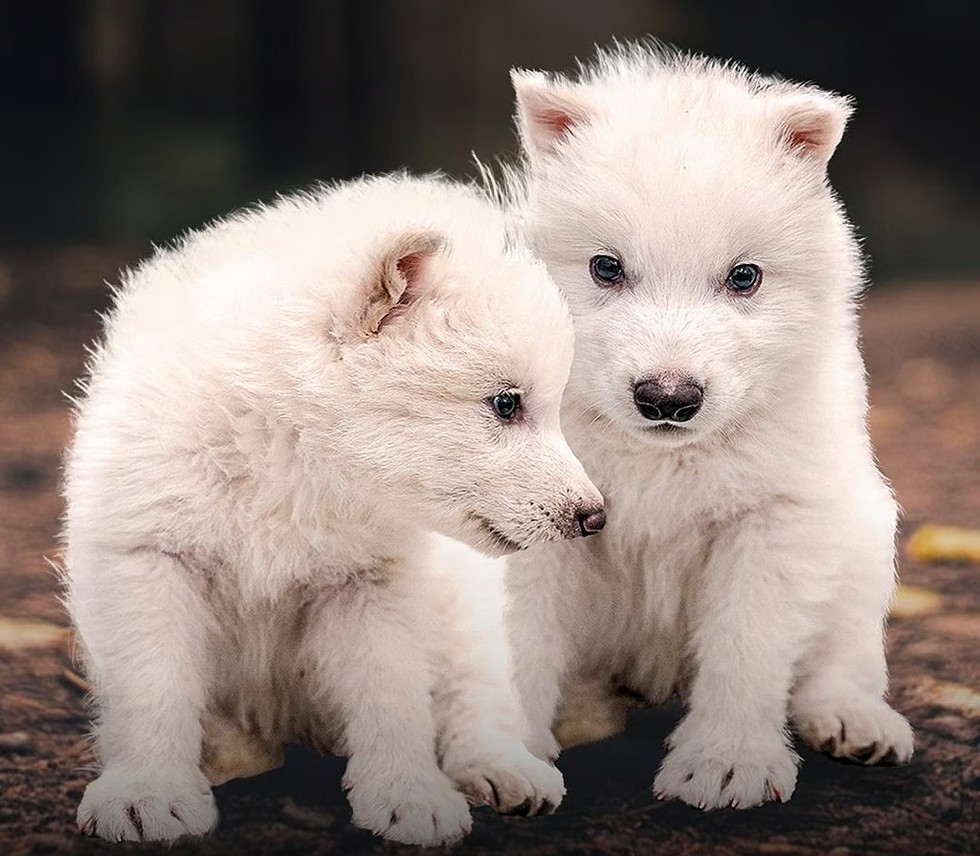
De-Extinction

10.04.2025
De-Extinction
|
For Prelims: What is De-Extinction?, About Dire Wolf |
Why in the news?
A US-based bioscience company, Colossal Biosciences, has recently made headlines by announcing the birth of three genetically modified grey wolf pups.
What is De-Extinction?
- De-extinction refers to the scientific process of reviving extinct species by using their genetic material, often through gene editing and cloning techniques. It involves reconstructing the genome of an extinct species and modifying the DNA of a closely related living organism to resemble the extinct one.
About Dire Wolf
- The dire wolf (Aenocyon dirus) was a large prehistoric canine that once roamed across southern Canada and the United States. It became extinct around 13,000 years ago.
- Although they resembled modern grey wolves (Canis lupus), dire wolves were larger, with thicker white coats, and hunted large prey like bison, horses, and even mammoths.
- Their extinction is believed to be linked to the disappearance of their prey species, possibly accelerated by human hunting activities.
Scientific Process: How Was It Done?
- The de-extinction process followed by Colossal involved the following steps:
- DNA extraction: Scientists obtained DNA from two ancient dire wolf specimens: a 13,000-year-old tooth and a 72,000-year-old skull. The petrous bone from the skull, known for its preserved DNA, was crucial in this process.
- Genome reconstruction: The DNA was sequenced to recreate the complete genome of the dire wolf. This was then compared with genomes from closely related canids like coyotes, jackals, dholes, and particularly, grey wolves, which were found to share 5% of their DNA with dire wolves.
- Gene editing: Using gene editing tools, scientists made 20 unique changes to 14 genes in the grey wolf genome.
- Surrogacy and Birth: The genetically modified embryos were implanted into surrogate dog mothers, leading to the birth of the pups.
Source: Down to earth
Recently, a US-based company named Colossal Biosciences made headlines in the field of genetics and conservation. What is the reason?
A.It announced the birth of genetically modified grey wolf pups as part of its de-extinction project.
B.It successfully cloned a dire wolf from preserved Pleistocene-era DNA.
C.It has released a fully sequenced genome of the woolly mammoth for public research use.
D.It developed a new genome-editing tool surpassing the efficiency of CRISPR-Cas9.
Answer A